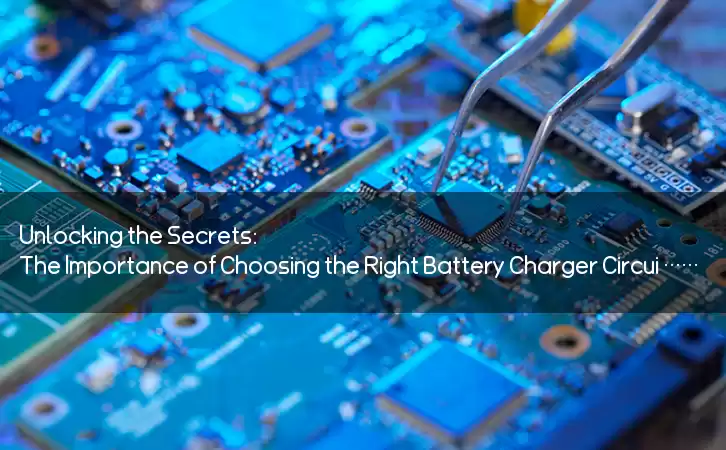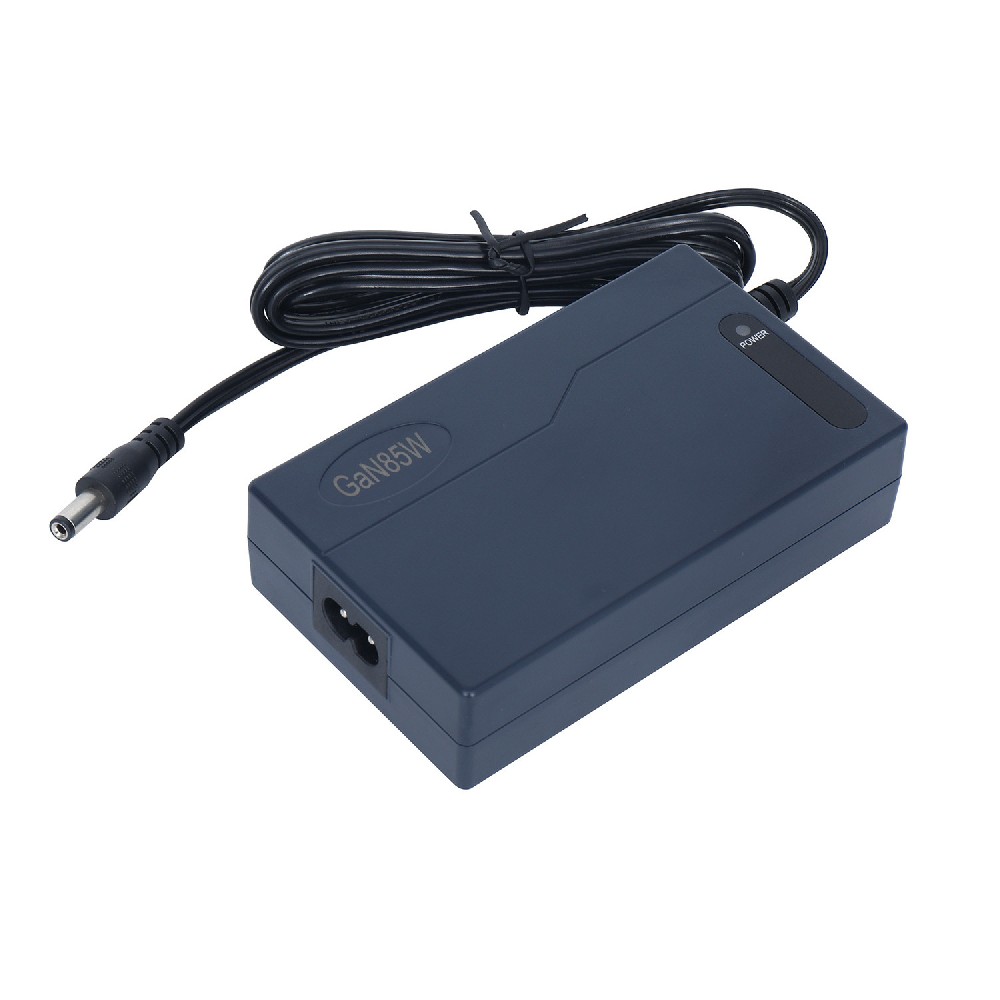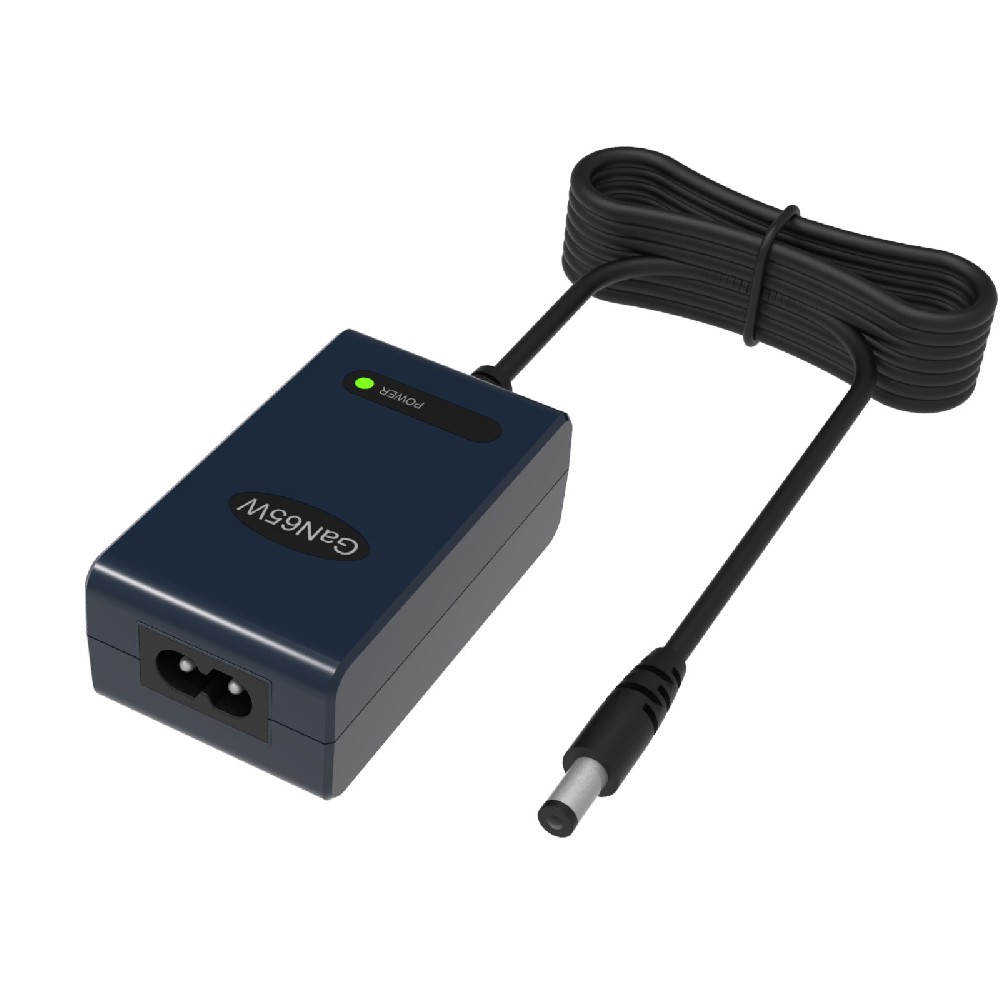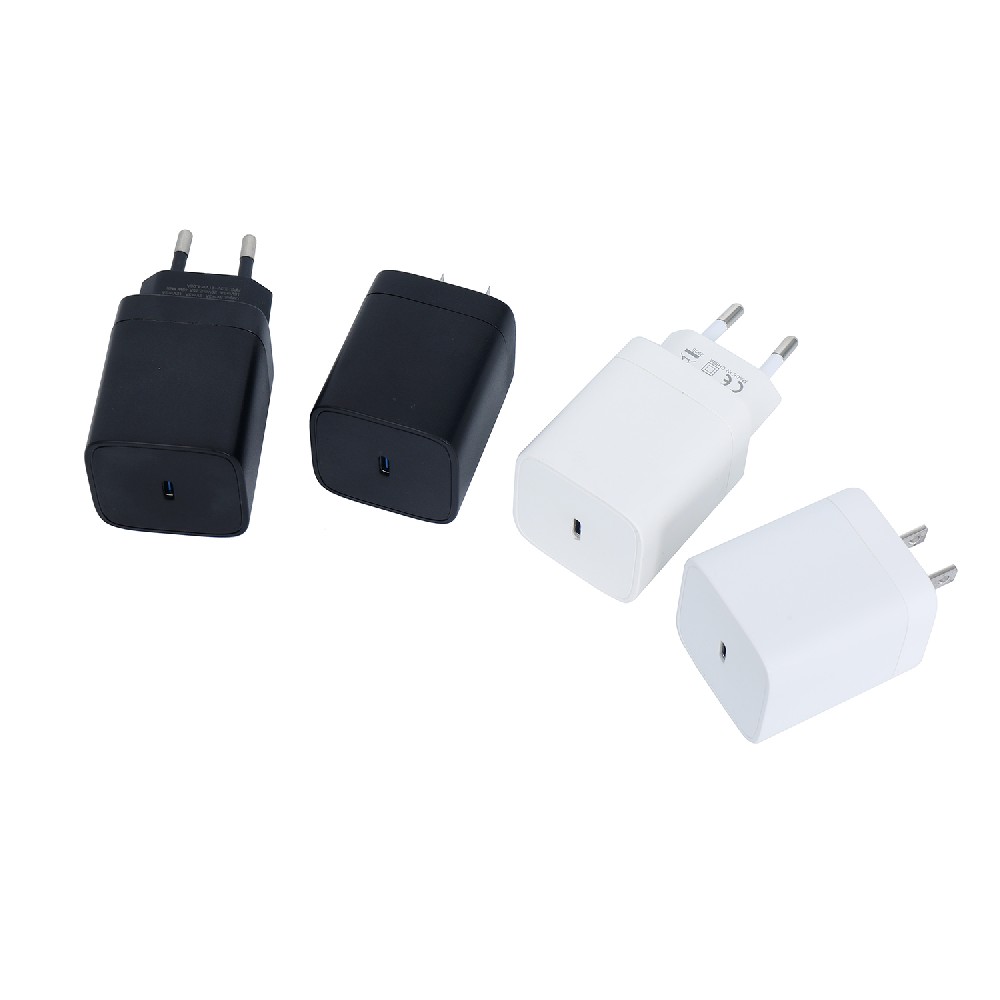Information Center
Unlocking the Secrets: The Importance of Choosing the Right Battery Charger Circuit and Algorithm for Maximum Battery Life and Performance
Published:2023-07-18 00:33:27 Author:Green WCND Views:33A battery charger circuit is an electronic device used to recharge batteries. It is made up of a charging circuit, which regulates the flow of current into the battery, and a power supply, which provides the energy needed to charge the battery.

There are different types of battery charger circuits, each designed for specific types of batteries. The most common types are trickle chargers, fast chargers, and smart chargers.

A trickle charger is a simple battery charger that provides a low, steady flow of current to the battery, keeping it charged over a long period of time. These chargers are often used for cars that are not used frequently or for maintaining the charge of a deep cycle battery.
A fast charger, on the other hand, is designed to charge a battery as quickly as possible. These chargers use a high current flow to charge the battery rapidly, but this can have a negative effect on the battery’s lifespan, as it can lead to overheating and damage.
Smart chargers are the most advanced type of battery charger circuit. They use microprocessors to regulate the flow of current into the battery, ensuring that it is charged in the most efficient and safe way possible. Smart chargers can also monitor the battery’s condition, adjusting the charging rate in real-time to optimize the charging process.
One of the key features of a battery charger circuit is its charging algorithm. This is the method used to charge the battery, and it can have a significant impact on the battery’s lifespan and performance. Some of the most common charging algorithms include:
- Constant current: This algorithm provides a fixed current flow to the battery, which gradually decreases as the battery reaches full charge. This algorithm is often used for fast charging and is commonly found in smart chargers.
- Trickle charge: As described earlier, a trickle charge provides a low and steady current flow over a long period of time to maintain the battery’s charge.
- Pulse charging: This algorithm alternates between high and low current flows, which can help to reduce the risk of overheating and extend the battery’s lifespan.
Overall, a battery charger circuit is essential for ensuring the longevity and optimal performance of batteries. Choosing the right type of charger and algorithm can help to minimize the risk of damage and maximize the lifespan of the battery. With the increasing use of batteries in everyday devices, such as smartphones and electric vehicles, battery charger circuits will continue to play a crucial role in our daily lives.
For golf course managers, ensuring smooth and efficient operations is crucial for providing a memorable experience for golfers and maintaining the reputation of···
A battery tester ensures golf course cart batteries operate efficiently and reduces downtime through the following ways:I. Precise Battery Condition DiagnosisOp···
Battery testers significantly enhance the work efficiency of automotive maintenance technicians through several key ways:I. Rapid Diagnosis of Battery IssuesBat···
Battery testers play a crucial role in automotive battery production lines, significantly enhancing efficiency through highly automated testing processes and mu···





